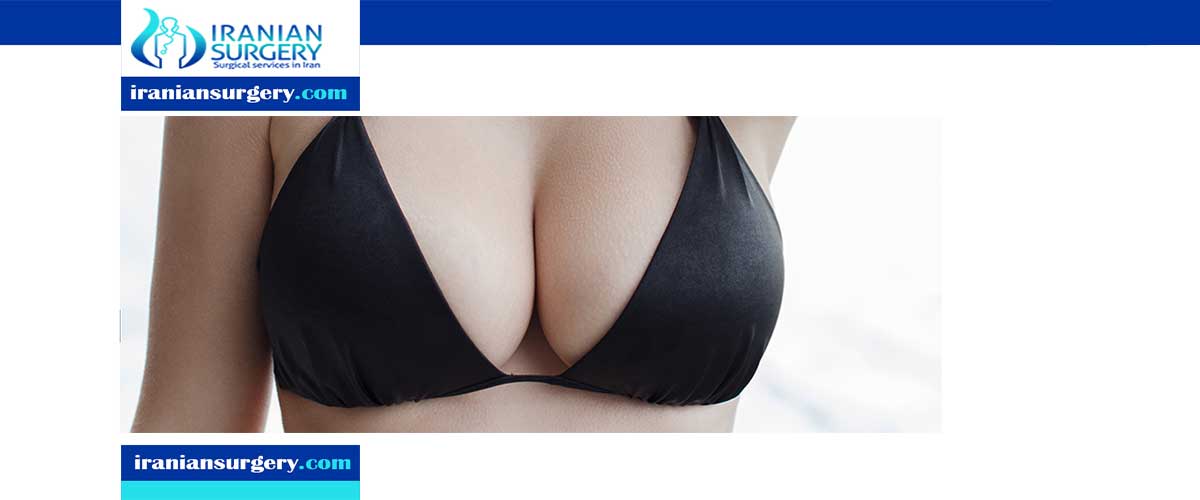Success rate of fat transfer breast augmentation

Success Rate of Fat Transfer Breast Augmentation
Breast augmentation is a cosmetic surgery procedure designed to enhance the appearance of the breasts. This enhancement is frequently performed using breast implants, but they typically require maintenance surgeries every ten to fifteen years. However, there is now a second option for breast augmentation, which involves transferring fat from a donor area of the body to the breasts in order to add volume and fullness. This method, known as fat transfer breast augmentation or breast augmentation with fat grafts, is an autogenous procedure that uses your body’s own living fat tissues and as a result, can have permanent effects.

Read more about : Bbl surgery Podcast with Dr. Afshan shah
Read more about : Abdominoplasty Podcast with Dr. Afshan shah
Read more about : Abdominoplasty and Breast reduction and bbl surgery , before and after surgery videos
Read more about : Breast reduction and breast lift surgery, before and after surgery videos
How Long Does Fat Transfer Breast Augmentation Last?
The injection of fat cells into the breasts are lasting and permanent because the transplanted cells develop their own blood vessels in order to supply themselves with blood and nutrients, acting like the natural fat that develops in the breasts. The body assumes that this organic and autologous tissue was produced within the breast and thus nourishes it, rather than trying to eliminate it.
Read more about : How do I prepare for a breast augmentation procedure?
However, it is important to recognize that not all of the transferred fat cells and tissue will survive. Typically, approximately 70% of the transferred fat survives, while the remaining about 30% dies. This phenomenon occurs only a few weeks after the breast augmentation procedure when the newly injected fat cells have not yet settled or begun to form their own blood supply required for survival. After the formation of healthy blood vessels, the transplanted fat cells will not undergo death spontaneously, so the results of the breast augmentation become permanent. A small amount of fat tissue may be re-absorbed by the body over the course of six-months after the initial procedure, but this change is typically undetectable.
Read more about : How much fat do you need for a fat transfer breast augmentation?
It should be noted that the size of fat cells can change over time, particularly with a significant weight fluctuation. Patients who lose weight may notice a decrease in their breast size, but this does not mean that the fat cells have died. Likewise, patients who gain a large amount of weight will likely experience an increase in their breast volume. For this reason, it is recommended that patients wait to pursue a fat transfer to the breast until they have reached a healthy and stable weight. It is also important that women considering a breast augmentation with fat grafting are finished having children before undergoing the procedure, as the weight fluctuation associated with pregnancy can compromise their results.
To reduce the risk of escalated death of fat cells after the breast augmentation procedure, your surgeon will take a number of preventative measures. An experience plastic surgeon will know how to gently and properly inject the cells into the breast tissue to lower the trauma experienced by the cells, thereby ensuring their survival. Depending on how the body has accepted the fat injections, it may be best for follow-up injections several months later to maintain optimal results.
It is important to follow your surgeon’s postoperative guidelines carefully to ensure the best chance for fat cell survival. This includes sleeping on your back for at least six weeks and avoiding direct pressure to the breasts, which could cause the fat cells to die.
Many women seeking a breast augmentation procedure opt for the use of fat grafts instead of breast implants because implants often necessitate a second surgery ten to fifteen years after the initial procedure. Additionally, there are long-term side effects associated with implants such as capsular complications, rotation, and/or displacement that are not seen in patients with fat transfer breast augmentations. Therefore, the use of fat grafts is a safe and effective way for natural-looking breast enhancement results.

